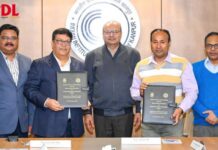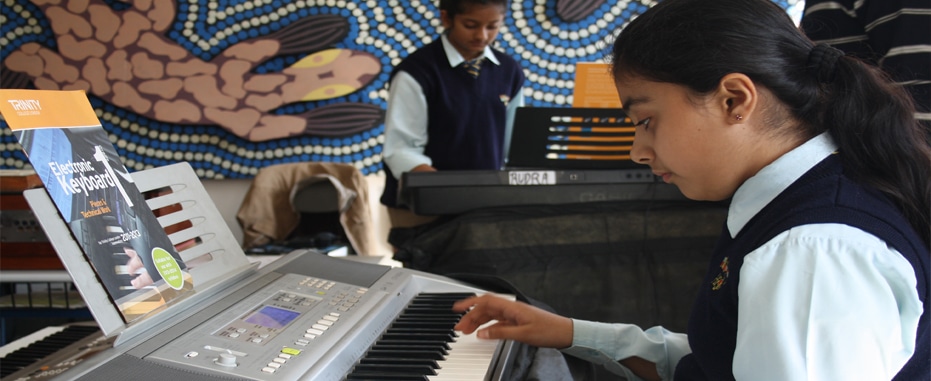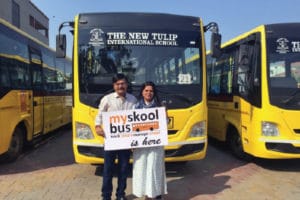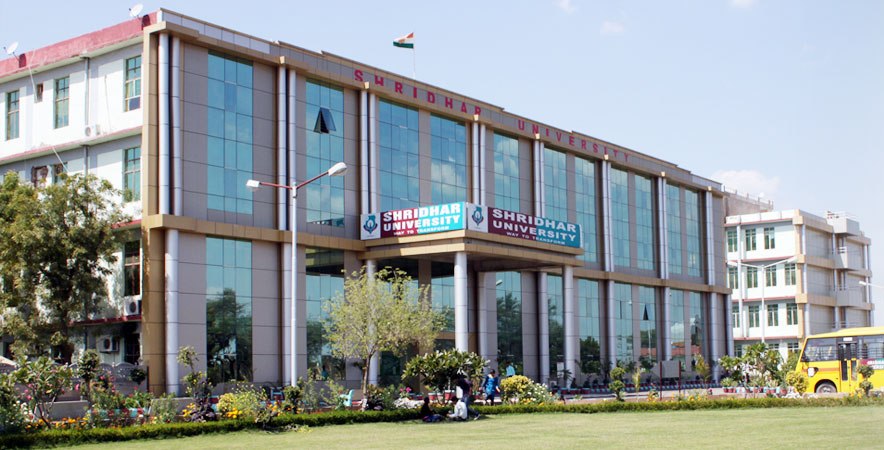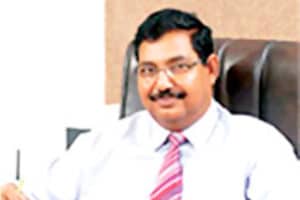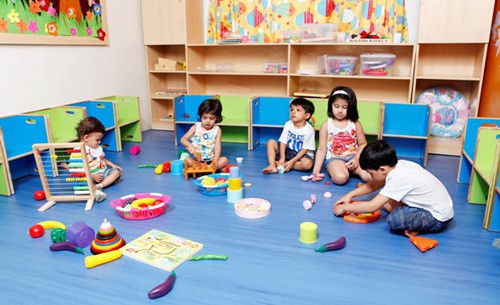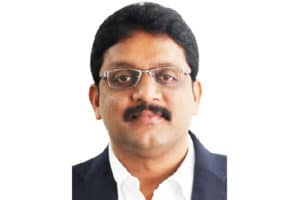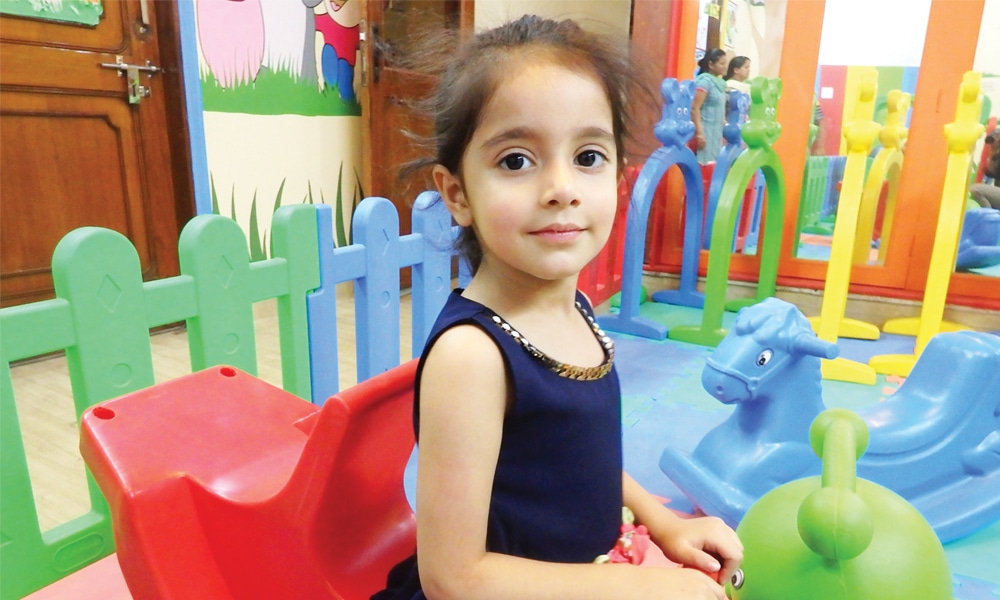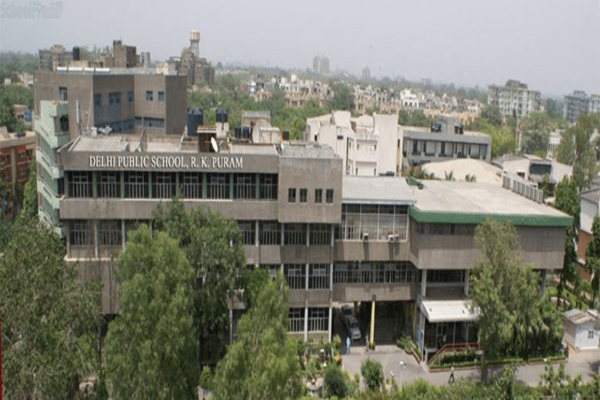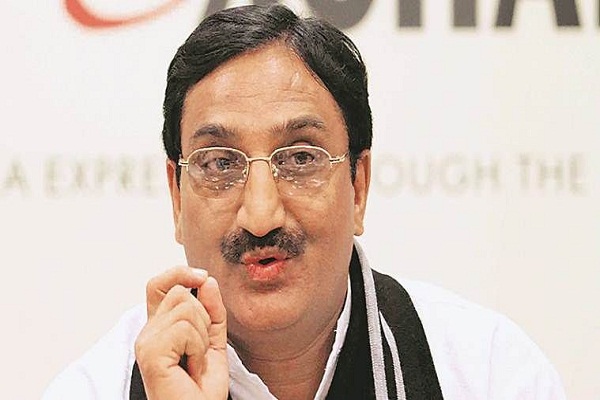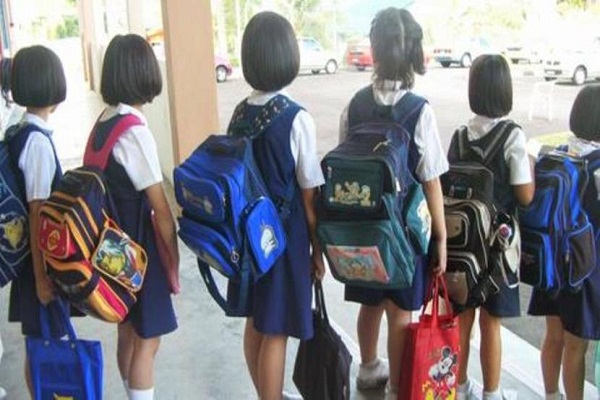The school ensures teachers are in sync with the changing educational trends and the students’ innate abilities are also encouraged as part of our mission to impart quality education, says Ranjan Kumar, Saint Soldier School, in conversation with Elets News Network (ENN).
How do you prepare an interesting curriculum that is also focussed on students’ holistic development?
To make the curriculum interesting, the obvious route is to use a variety of methods possible in a threat-free environment. For, it is said: “If children feel safe, they can take risks, ask questions, make mistakes, learn to trust, share their feelings, and grow.” The teachers, thus, are encouraged to use discussion as the key ingredient in their lecture supplemented by the judicious use of SMART Class content. The focus is always on hands-on activity, especially in science and mathematics classes. For students’ holistic development, during the zero periods students have to compulsorily enrol themselves to various clubs, sports-related groups, public speaking forums under leadership programme and inter/intra-class competitions.
With the ever-changing dynamics in the education sector, how do you keep your curriculum up-to-date to meet the changing demands?
The curriculum constraints occur due to the NCERT framework under which schools have to educate a child. Having said that, our curriculum is constantly modified as per government guidelines and changing society’ needs. A lot of stress is laid on inculcating moral values, self-discipline, encompassing vocational education and use of technology in teaching, assessment and development of scientific temper in children.
Our curriculum is constantly modified as per government guidelines and changing society’ needs.
How does the school meet parental expectations and requisite government standards simultaneously?
Parental expectations and societal needs are manifested in the Government decisions whether it is reservation for underprivileged under the Right to Education Act, or revision of curriculum or examination pattern or following safety guidelines for children. We, as one of the most reputed schools in the region, comply with the Government’s direction in totality – in letter and spirit. Daily parental interaction is done through school-pad and regular parent- teacher meets (PTMs).
How do you integrate students and teachers’ development?
Both are inseparable. Professional development of teachers is necessary for them to keep up with the changing trends in education. A constantly trained and focussed teacher will go a long way in the development of the students.




